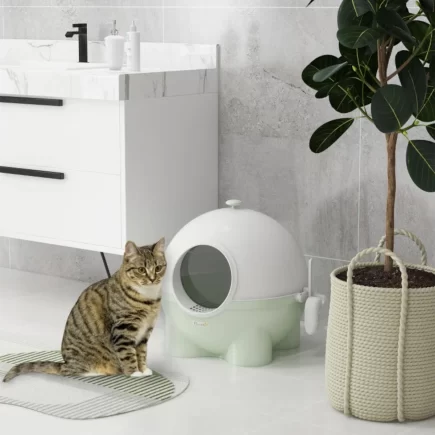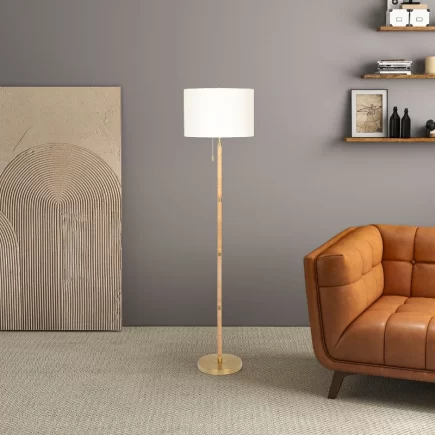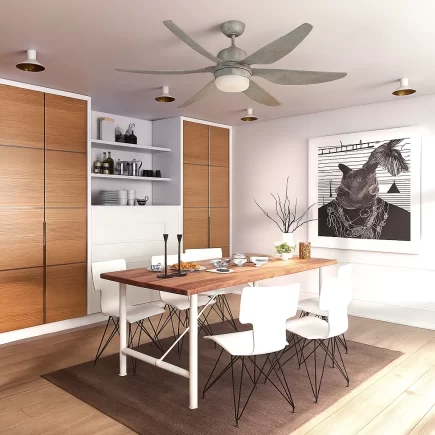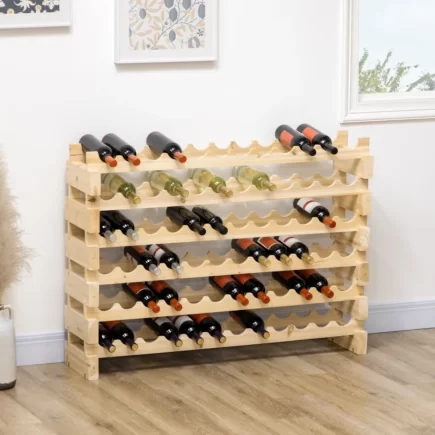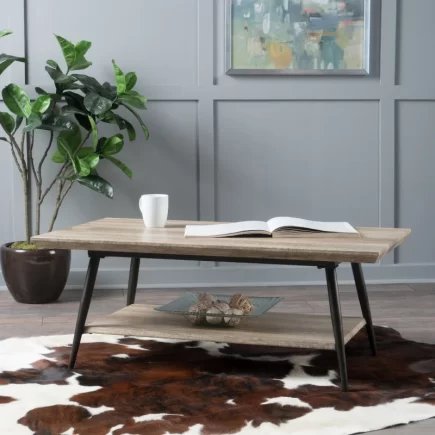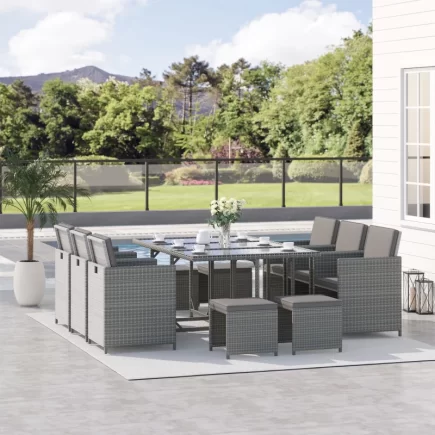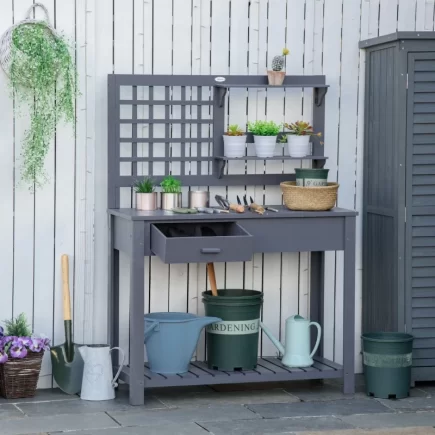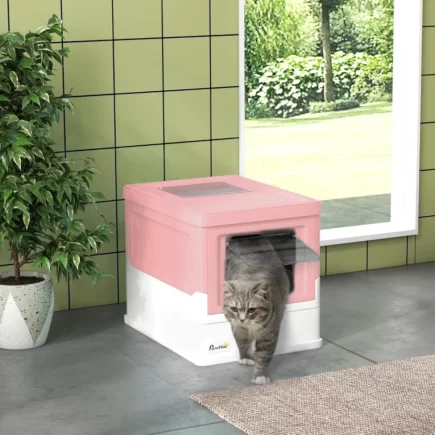You walk into your living room. The walls close in a little more each time you try rearranging the furniture. The sofa’s too bulky, the loveseat sticks out awkwardly, and no matter what you try, it feels like you’re solving a puzzle with missing pieces. In a small living room, furniture placement can make or break the space.

You’re not just placing a sofa and loveseat, you’re orchestrating a layout that balances comfort and style without crowding the room. Whether you’re working with a compact condo, a studio apartment, or a cozy family nook, arranging a sofa and loveseat to feel open and inviting is a rewarding challenge.
Start with Purpose, Not Pieces
Before dragging your furniture around the room or scrolling for layout ideas, stop and ask a simple question: What is the purpose of this small living room?
- For hosting friends and movie nights
- Quiet reading nook or work-from-home corner
- For kids or pets also
Clarity in purpose drives every other decision from sofa size to how close the loveseat sits to the wall.
The Sofa and Loveseat Duo: A Compact Powerhouse

Sofas and loveseats are natural partners, but in small rooms, their positioning must work smarter, not just harder. Their size makes them the two most visually dominant pieces of furniture, so placement decisions must maximize flow and minimize visual weight.While you could opt for a sectional, pairing a sofa with a loveseat offers more flexibility.
Best Layout Strategies That Work for Small Living Rooms
Let’s break down the layout styles that are not only practical but also feel fresh and elevated even in a small room.
1. L-Shaped Layout: Cozy and Conversational

One of the most effective arrangements in a small living room is the L-shaped layout. In this setup, the loveseat is positioned at a right angle to the sofa, forming an “L” shape. This configuration naturally defines the seating area, making it feel like its own distinct zone without needing walls or dividers.
- Maximizes corner space: Tucking the pieces into a corner helps free up more open floor area in the center of the room, which makes the space feel less cramped.
- Defines the zone in open layouts: If your living room flows into a dining or kitchen area, this layout gives it visual boundaries without crowding the room with extra furniture.
- Pairs well with compact furniture: A small ottoman, round coffee table, or even a pouf fits neatly into the corner where the two pieces meet, adding utility without bulk.
2. Face-to-Face Arrangement: Elegant and Balanced

In this arrangement, the sofa and loveseat are placed directly across from each other, with a central coffee table anchoring the space in between. It’s a classic setup that instantly brings balance and symmetry to the room, perfect for those who love a clean, organized look.
- Creates a formal, inviting atmosphere: The symmetry feels polished and intentional, making it ideal for both everyday use and special occasions.
- Encourages conversation: Since both pieces face each other directly, everyone feels equally included, with no need to turn or shift to engage with others.
- Stylishly grounded: A rug placed beneath the furniture ties everything together visually and helps define the seating area without crowding it.
This layout requires a bit more open space between the two pieces to allow for comfortable movement and a central coffee table. It works best in rectangular rooms that offer enough depth to prevent the room from feeling tight.
3. T-Shaped Layout: Functional and Unexpected

In this layout, the loveseat is placed at a right angle to the middle of the sofa, forming a “T” shape. While it might seem unusual at first glance, this setup is especially useful when your living room connects directly to another space, like a dining area or front entry. The loveseat acts as a subtle divider, helping to define the living zone without using walls or bulky furniture.
- Ideal for multifunctional spaces: This layout separates areas within an open-concept room while still keeping everything connected.
- Adds visual interest: The asymmetrical setup feels more dynamic and modern, naturally drawing attention and shifting focus away from the room’s limited size.
If you’re working with a space that serves multiple purposes, this layout helps everything feel organized without boxing in the room.
4. Parallel Against the Walls: Ultra-Space-Saving

In this layout, the sofa and loveseat are placed along opposite walls, leaving the middle of the room open for a coffee table or area rug. It’s a straightforward setup that works especially well in narrow living rooms, where space runs lengthwise rather than widthwise.
Best suited for
- Long, narrow living rooms: This arrangement makes the most of limited width by keeping furniture close to the walls.
- Combined spaces: Ideal for living/dining combinations or rooms with hallway-like proportions that need a clear path for foot traffic.
To keep the room from feeling like everything is pushed out to the edges, add visual balance with wall art, mirrors, or mounted lighting above each piece. This brings the eye upward and makes the layout feel more intentional rather than just space-saving.
Tricks That Visually Expand Small Rooms

Once your layout is decided, the secret sauce lies in the details that fool the eye into seeing more space than there really is. Here’s how:
Go Leggy
Opt for sofas and loveseats with exposed legs instead of skirted bases. This keeps more of the floor visible, which makes the room feel more open.
Match the Palette
Coordinate the colour of your furniture with the wall tone especially in small rooms. This removes harsh contrast lines and gives the illusion of continuity.
Choose Slim Arms and Low Backs
Bulky roll arms and tall backs may offer comfort, but they consume valuable space. Choose low-profile backs and slim arms to keep a sleek silhouette.
Float Your Furniture
Don’t feel the need to shove everything against the wall. A few inches of space between the wall and sofa can create the illusion of depth. If your layout allows, try floating your sofa slightly forward with a narrow console behind it.
Avoid These When Arranging Sofas and Loveseats Together
Even with a thoughtful plan, it’s easy to stumble into design pitfalls. Keep these common missteps in check:
- Blocking Entryways: Avoid placing the loveseat or sofa directly in front of doorways or major traffic routes. It may look cozy in a photo, but in real life, it feels cramped and inconvenient.
- Overstuffing with Accessories: Too many cushions or blankets can make small furniture look overloaded. Keep accessories purposeful and minimal.
- Ignoring Wall Usage: Wall-mounted shelves or floating cabinets add storage without eating floor space. If your floor plan feels tight, look up for design opportunities.
Making the Layout Work with Real Life
Great design doesn’t stop at furniture it’s about making the room function better daily. Here’s how to make your setup live as good as it looks:
- Add storage ottomans or nesting tables to hide clutter.
- Use trays on coffee tables or consoles to organize remotes and candles.
- Rotate throw pillows and slipcovers seasonally for easy refreshes.
Style Doesn’t Need Square Footage
A small living room isn’t a limitation; it’s an opportunity to get creative and intentional. With the right layout, your sofa and loveseat can offer all the comfort and charm of a much larger space without feeling tight or chaotic. It all comes down to thoughtful placement, functional flow, and smart styling choices. So whether your space leans minimalist or eclectic, traditional or modern, you can make a two-piece seating arrangement feel like a cohesive, elegant experience. If you are looking for beautiful options for your living room, explore Aosom’s Loveseats & Sofas collection.
FAQs
1. Should the loveseat be placed near the TV?
Yes, you can place the loveseat near the TV, as long as it maintains a comfortable viewing distance typically 1.5 to 2.5 times the TV’s diagonal size. Ensure good traffic flow and avoid blocking walkways or making the space feel cramped.
2. Should the coffee table match the sofa and loveseat?
The coffee table doesn’t need to match the sofa and loveseat exactly. Instead, focus on harmony in style, colour, and scale. Mixing materials or finishes adds interest, as long as proportions are balanced and the overall look feels coordinated.
3. How often do you rotate or arrange furniture in a small living room?
Rearrange furniture every few months or seasonally to refresh the space and suit changing needs. If your lifestyle shifts like hosting more guests or needing a work area, it’s a good time to rethink the layout and improve the flow.
4. Can bold colours be used for a sofa or loveseat in a small room?
Yes, bold colours can work well in small rooms when balanced with neutral walls and good lighting. They add personality and can become a strong focal point, just avoid overwhelming the space with too many competing tones or patterns.




